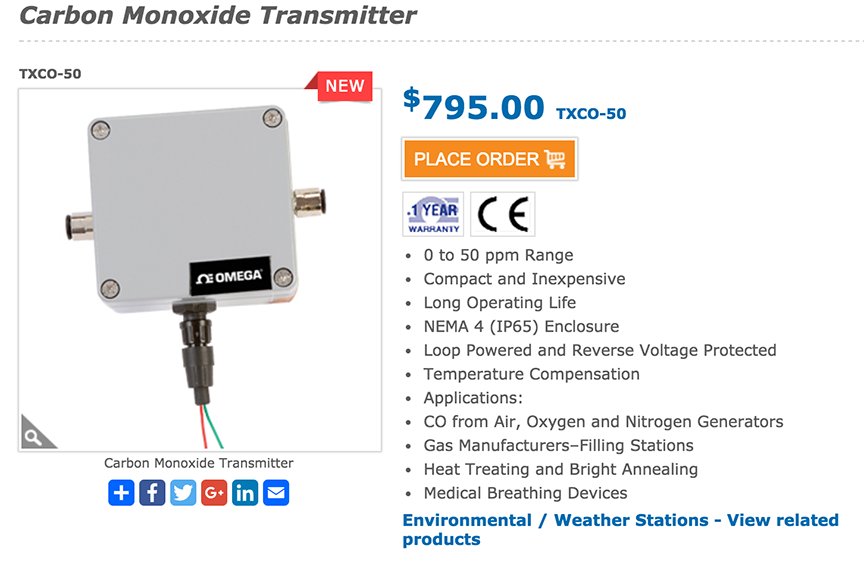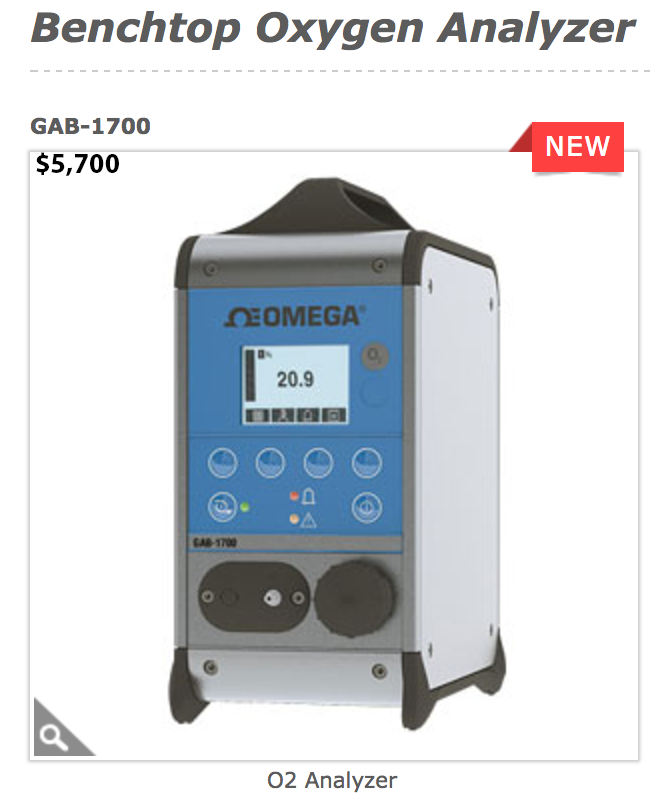
Recognise the range of licenses available (#range)
Formulate future opportunities
Summarised two kinds of licences and explained why you chose one. (#summary)
Imagined and outlined possibilities and described how to make them probabilities (#possibilities)
After Neil's week 20 lecture, I learned and re-learned much regarding patents, copyrights, trademarks, and income. The assignment this week is to include the production of a slide and a video. All I have at my disposal is a Macbook and an iPhone. I do not own, or know how to use a video camera, nor have I ever edited a video. This was not a week to catch up on the final project. This week required me to learn a whole new set of skills without much help. The other part of this week's assignment is to develop a plan for dissemination of your final project.
My project should peek interest from the wine industry. I first want to refine the product even further, make it more reliable and rugged. I do want to be able to claim real experience with the product, and demo the product to some well known wine industry experts who write articles and/or blogs. A feature article in a trade magazine such as Wines & Vines would be very helpful. I also would like to reach out to wine tank manufacturers and see if they would like to make it part of their equipment offering.
I don't plan on patenting the product. I rather copyright the product. Easier and cheaper to implement, and cheaper to defend. I also am planning on providing a cloud server which will provide a user interface which users will subscribe to.
(id='range') (id='summary')
There are many different licensing forms available today. It is a very confusing subject because copyright and patent law are always evolving, especially in regard to the possibility of patenting software. A useful link which summarizes most of all the licensing possibilities can be found here: https://www.gnu.org/licenses/license-list.html#Expat. They are grouped into two main categories. Free and not free.
One form of licensing is to not put any license at all. Most people may think that if there isn't any license listed, it's free software. Apparantly, this is not so. Follow this link to the portion of the GNU website which talks about the "No License Option": https://www.gnu.org/licenses/license-list.html#NoLicense
One form of licensing I have seen during Fabacademy is the MIT licnese. I did not see this license listed at GNU.org. However, the common form of this license is as follows:
Copyright (c) <year> <copyright holders> Permission is hereby granted, free of charge, to any person obtaining a copy of this software and associated documentation files (the "Software"), to deal in the Software without restriction, including without limitation the rights to use, copy, modify, merge, publish, distribute, sublicense, and/or sell copies of the Software, and to permit persons to whom the Software is furnished to do so, subject to the following conditions: The above copyright notice and this permission notice shall be included in all copies or substantial portions of the Software. THE SOFTWARE IS PROVIDED "AS IS", WITHOUT WARRANTY OF ANY KIND, EXPRESS OR IMPLIED, INCLUDING BUT NOT LIMITED TO THE WARRANTIES OF MERCHANTABILITY, FITNESS FOR A PARTICULAR PURPOSE AND NONINFRINGEMENT. IN NO EVENT SHALL THE AUTHORS OR COPYRIGHT HOLDERS BE LIABLE FOR ANY CLAIM, DAMAGES OR OTHER LIABILITY, WHETHER IN AN ACTION OF CONTRACT, TORT OR OTHERWISE, ARISING FROM, OUT OF OR IN CONNECTION WITH THE SOFTWARE OR THE USE OR OTHER DEALINGS IN THE SOFTWARE.
The MIT licnese seems to focus on software and is pretty liberal.
GNU.org suggests the Creative Commons license for physical objects and designs such as circuits, 3D printed items, and artistic work. Follow this link to read more: https://www.gnu.org/licenses/license-list.html#Designs
The Creative Commons platform of licensing is one form of licensing suggested during Fabacademy. Creative Commons is a non-profit organization that provides licensing structures people can use to license their copyrighted work to anyone willing to abide by the licensing terms. Creative Commons licensing lets you share your work which is copyrighted with others without giving up total control or spending time granting permissions. Creative commons has published a nice page about public domain licnesing and public domain with some rights reserved: https://wiki.creativecommons.org/images/8/88/Publicdomain.pdf. They have also published a page which outlines six types of licenses which allow you to share your work with different types of restrictions. It can be found here: https://wiki.creativecommons.org/images/6/6d/6licenses-flat.pdf. The four restrictions to free use that Creative Commons offers are:
Finally, there is patents and copyright. Patents are expensive, and rather involved. I think the cost of developing a patent is not worth the while for my work at this time. Placing a copyright notice on the work restricts the use of my work by others. Copyright work is very restrictive and requires anyone to get permission from you to copy and use your work.
(id='possibilities')
I plan on working on different applications and variations of this device. I have decided to not openly license the product because I haven't satisfied myself well enough that I have not infringed on other work. I don't want to assume the liability of granting permission for a device which may have previously been protected under a patent that I have failed to find. As best as I can tell at this point, there is not a device quite like the one I made. There is some competitive products you can find on Omega Engineering as well as Davis Instruments. O2 sensors range from $300 to well over $5000 and have some of the function of my product, but do not work quite the same way as my device. Most have preset range and just throw an alarm noise. I plan on my product to be completely integrated in solving a particular problem. Devices such as the Oxygen Analyzer below, still requires an inegrator to come in and cobble this device to a PLC. And when it malfunctions, the integrator has to come in again. This is expensive and impractical for small to medium winemakers. I don't think there is a tremendously large market for this device, but it's derivities do have some possibilities. I'm not sure what I will be doing with this work in the near future, so I think it is best for me to reserve the design for myself. However, I do want to share what I have done during Fabacademy with other students, so I will most likely use the Creative Commons Attribution-NonCommercial-NoDerivatives 4.0 International License.
Here is a list of some of the possibilities for this device.
As the Headspace Manager system develops subscribers, this could lead to other subscribed services, such as monitoring vineyard sensors and systems, such as weather stations, irrigation systems, insect traps, scarecrows and air cannons, and drones. Other devices could be developed which assist in wine production, such as harvesting, crushing and destemming, cold maceration, and fermentation monitors. Systems like this are just in their infancy. The organization which is the leader in this field is UC Davis. A nice article about the winery of the future can be found here: http://rmi.ucdavis.edu/files/wine-business-monthly.
The following are images of commercially available devices which meet some, but not all of the features I have in my device. One common issue with all of the devices is that they don't communicate easily:



I plan on my device to be similarly priced to the CO Transmitter device above. If something doesn't work, the winery can send the device back via UPS while I send a replacement. I have used the Creative Commons notice at the end of this webpage which I plan on making part of the project.
Please click below to view my summary slide and video:
